Southern cooking is rich, soulful, and unapologetically bold — but some of its most iconic dishes are now on health regulators’ hit lists.
For generations, these comfort foods have been staples at Sunday dinners, family reunions, roadside stands, and church potlucks. From crispy fried gizzards and smoky neck bones to sweet tea so sugary it doubles as dessert, the Southern table is built on tradition, flavor, and resilience. But as modern health boards tighten restrictions and public health campaigns ramp up, many beloved regional dishes are facing bans, reformulations, or slow extinction under the weight of new regulations.
What’s at stake isn’t just food—it’s cultural heritage. These recipes tell stories of survival, creativity, and pride, especially in Black and rural communities that shaped Southern cuisine through hardship and heart. Yet regulators aren’t looking at legacy—they’re looking at risk.
Whether it’s deep-fried frog legs raising eyebrows over trans fats and ecosystem damage, or lard biscuits falling victim to cholesterol warnings, food safety and nutrition watchdogs have begun red-flagging meals that once symbolized Southern hospitality. Even molasses stack cake—once a fixture of Appalachian weddings—is disappearing from bake sales as home-cooked goods face stricter oversight.
Some of these dishes carry legitimate concerns: high sodium, questionable storage practices, and additives now linked to chronic disease. But others are being targeted by policies that ignore their cultural context. And while public health is important, the quiet erasure of these foods threatens to flatten the diverse culinary landscape that defines the South.
These 13 classic Southern foods may still grace the table today—but for how long? As the line between tradition and regulation sharpens, you might want to savor them while you still can.
1. Chitlins
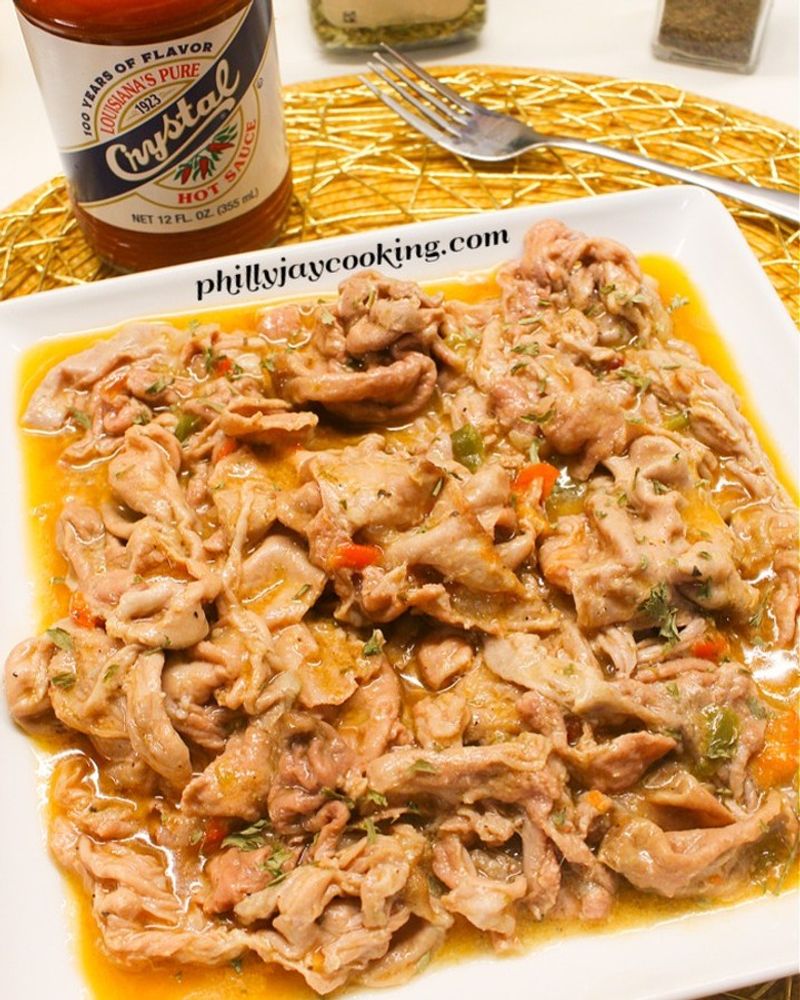
Once a symbol of resourcefulness during slavery when enslaved people made use of unwanted pig parts, chitlins (pig intestines) now face potential bans in commercial kitchens. The cleaning process is notoriously difficult, requiring meticulous attention to remove bacteria.
Health inspectors frequently cite restaurants serving this dish for contamination issues. The CDC even has special guidelines for preparing them safely at home.
While cultural defenders argue these dishes represent important heritage foods, health departments increasingly question whether the risks outweigh tradition when a single improperly cleaned batch can sicken dozens.
2. Deep-Fried Frog Legs
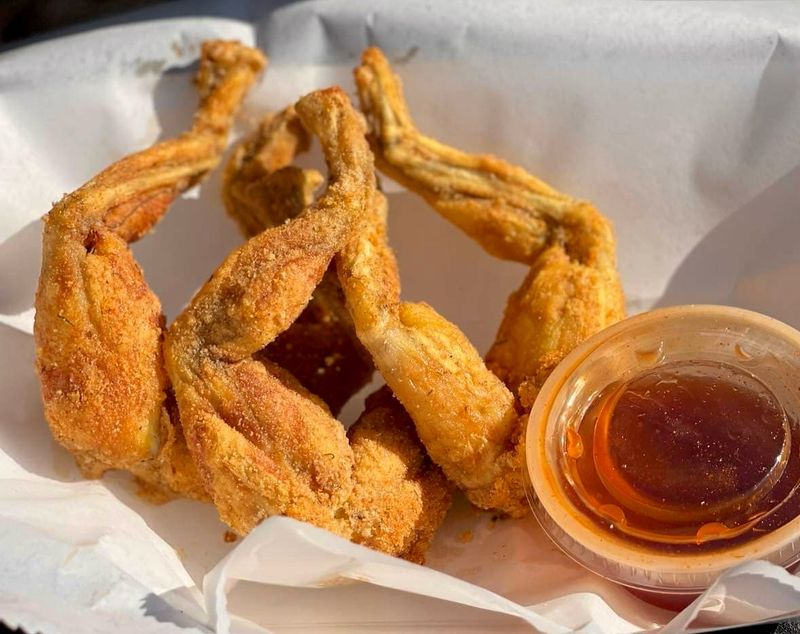
Crispy on the outside and tender on the inside, deep-fried frog legs have graced Southern tables for generations. Their popularity in rural communities stems from the abundance of frogs in local ponds and swamps.
Modern health departments raise red flags about cross-contamination between amphibian meat and other foods. The batter often contains trans fats from partially hydrogenated oils, which several jurisdictions have already banned.
Environmentalists have joined health officials in targeting this delicacy, pointing to unsustainable harvesting practices that deplete local frog populations and disrupt ecosystems.
3. Liver Pudding
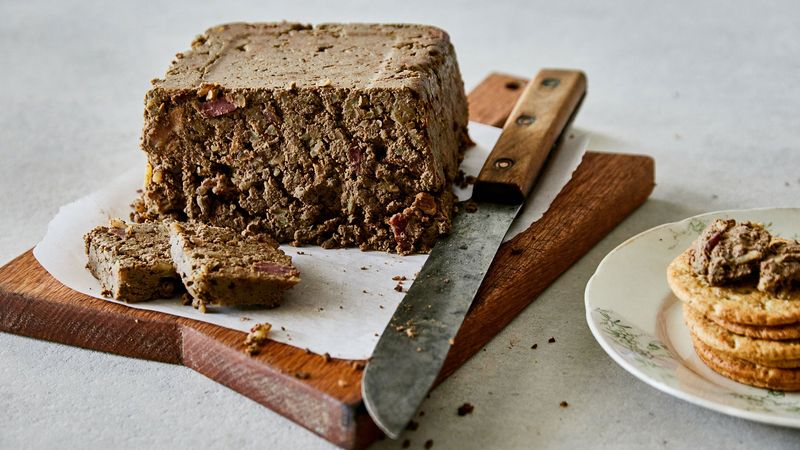
A breakfast staple across the Carolinas, liver pudding combines pig liver, head parts, and cornmeal into a sliceable loaf that’s typically fried until crispy. Grandmothers swear it builds strong blood, but health officials see it differently.
Several states have already increased regulations around this product. The high cholesterol content has raised alarms, with some hospital cafeterias removing it from menus.
Labeling issues compound the problem – what exactly constitutes ‘head parts’ remains deliberately vague on packaging, prompting calls for transparency about ingredients that many producers resist providing.
4. Sweet Tea
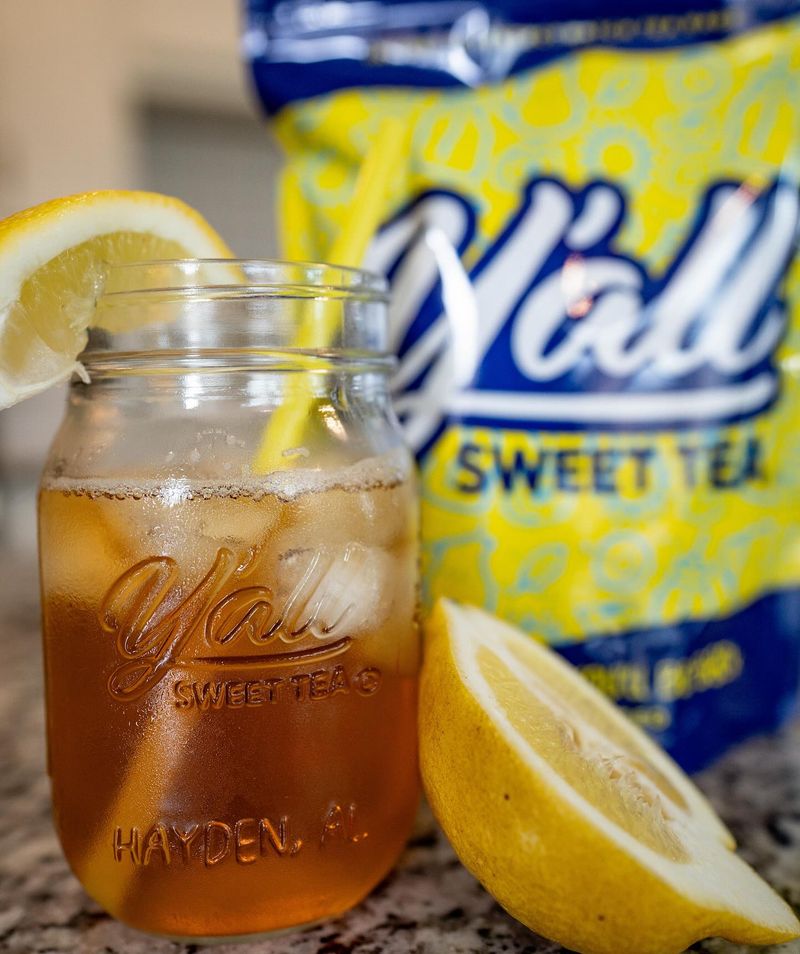
Nothing says Southern hospitality like a glass of sweet tea served over ice with a lemon wedge. This ubiquitous beverage flows freely at church socials, family reunions, and restaurant tables across the region.
A typical gallon contains about two cups of sugar – far exceeding recommended daily limits in just a few glasses. Some health departments now require calorie counts on menus, shocking consumers who discover their favorite drink contains more sugar than multiple candy bars.
School districts have been the first to act, with many banning traditional sweet tea from cafeterias as part of anti-obesity initiatives targeting sugary drinks.
5. Fatback
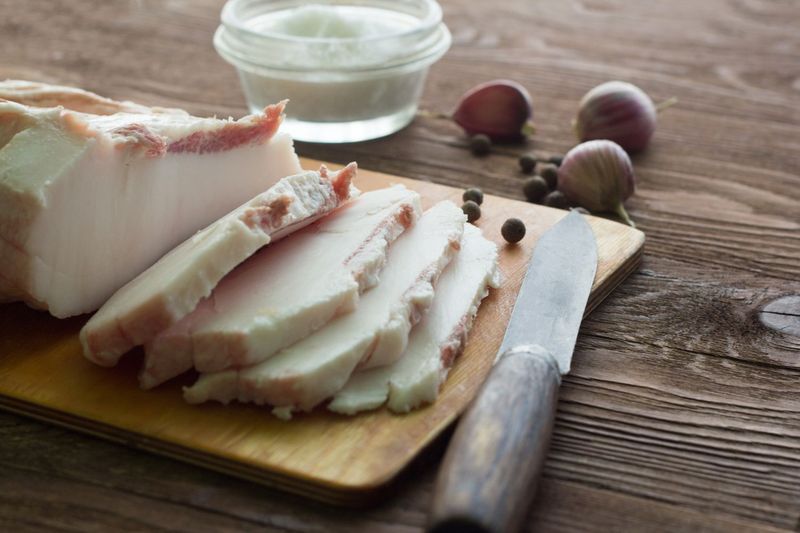
Grandma’s secret weapon for flavoring everything from green beans to cornbread, fatback is simply salt-cured pork fat with a bit of skin attached. Country cooks swear nothing else delivers that authentic Southern flavor.
The pure saturated fat content makes health officials wince. A single serving contains several days’ worth of recommended fat intake and enough sodium to make cardiologists nervous.
Increasingly, institutional kitchens in Southern hospitals have banned fatback entirely, replacing it with turkey alternatives or liquid smoke flavorings that attempt to mimic its distinctive taste while reducing health risks.
6. Lard Biscuits
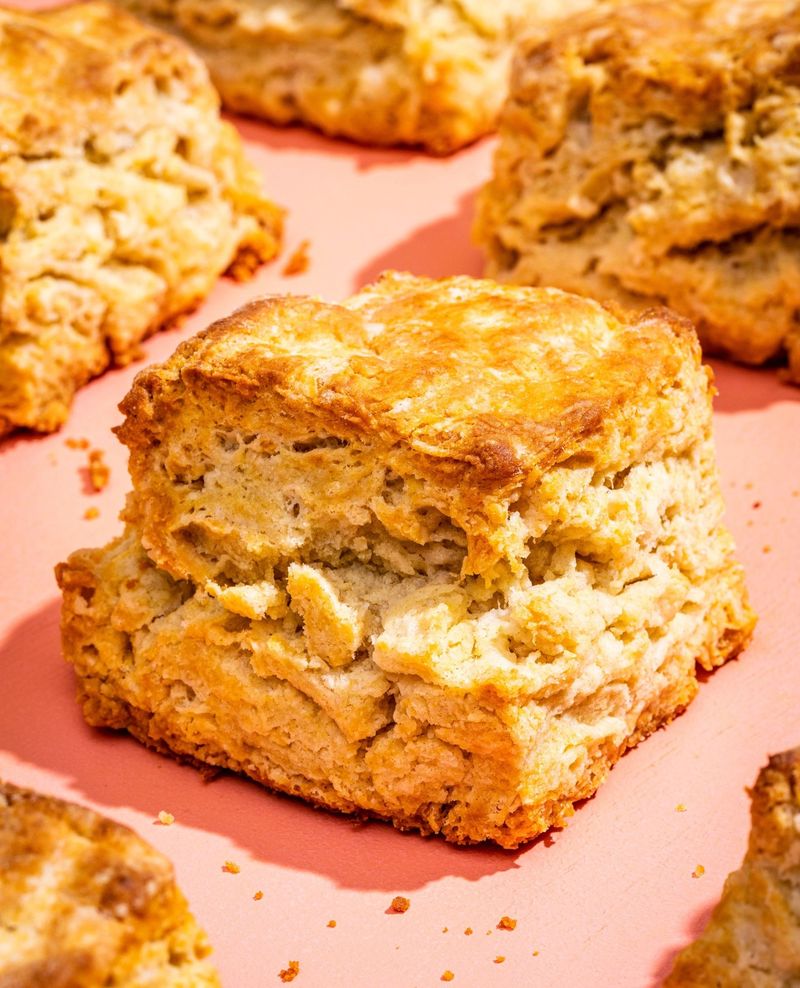
Light, flaky, and utterly irresistible, traditional Southern biscuits made with lard create a texture that vegetable shortening simply cannot match. The secret lies in how the animal fat creates perfect layers that separate during baking.
Modern trans fat bans have already eliminated many commercial uses of lard. Hospital dietitians point to the cholesterol content as particularly problematic for populations already struggling with heart disease.
While artisanal bakeries champion these traditional methods, school cafeterias and government-funded meal programs have largely switched to vegetable oil alternatives, signaling what may become a wider regulatory trend.
7. Fried Gizzards
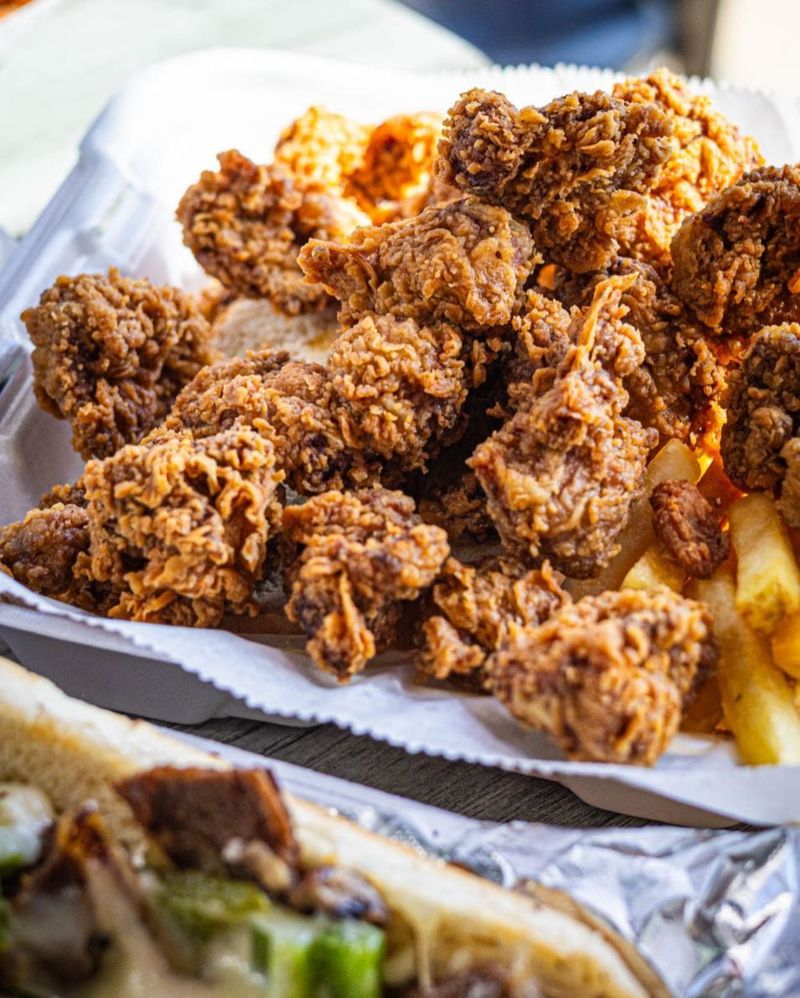
Found under heat lamps at gas stations and country stores across the South, fried chicken gizzards represent affordable, protein-packed comfort food. These chewy muscle portions develop a distinctive texture when breaded and fried.
Health inspectors increasingly cite establishments for reusing oil until it turns nearly black. The high-temperature frying of organ meats creates compounds that some research links to increased cancer risk.
Regulations targeting small retailers without dedicated kitchen staff have tightened, with some counties requiring specialized training and equipment that many mom-and-pop operations can’t afford, effectively regulating this traditional snack out of existence.
8. Smoked Neck Bones
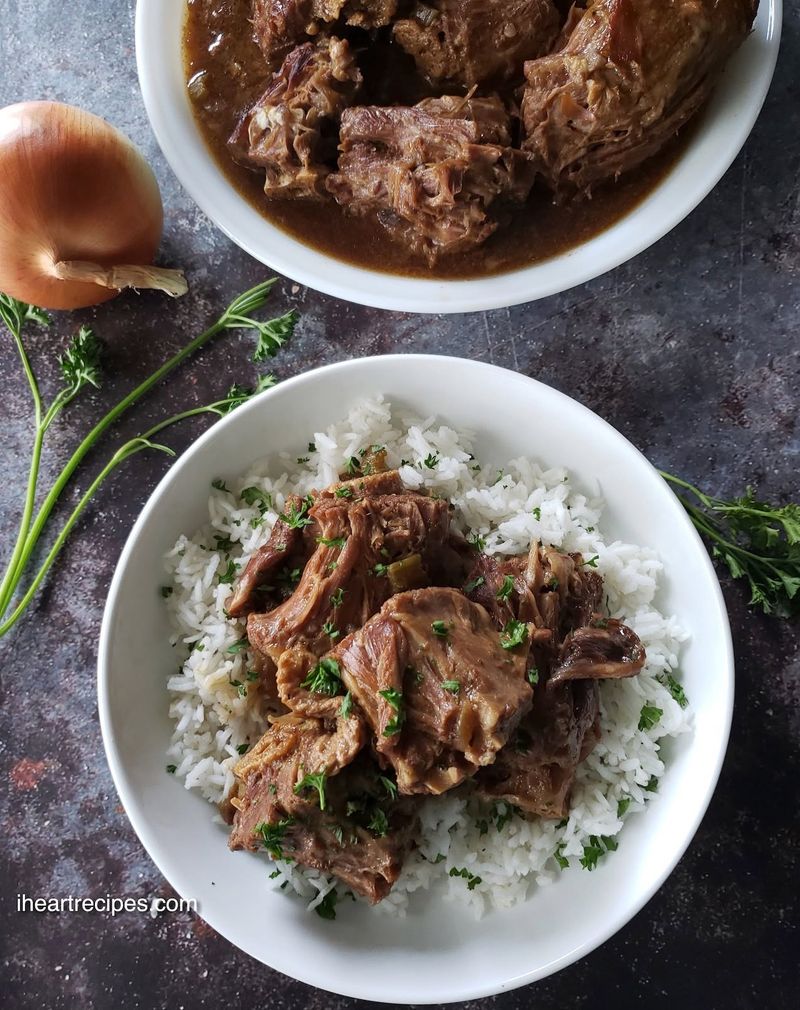
Ask any Southern grandmother the secret to perfect beans or greens, and she’ll likely point to the smoked neck bones simmering in the pot. These inexpensive cuts impart deep, smoky flavor to otherwise bland vegetables.
Laboratory analysis of traditional neck bones reveals sodium levels that would make a cardiologist faint. A single serving can contain more than a day’s recommended sodium intake.
Several hospital systems have already banned neck bones from patient meals, while assisted living facilities serving predominantly Black seniors have faced criticism for continuing to use them despite their residents’ hypertension rates and cultural preferences.
9. Roadside Boiled Peanuts
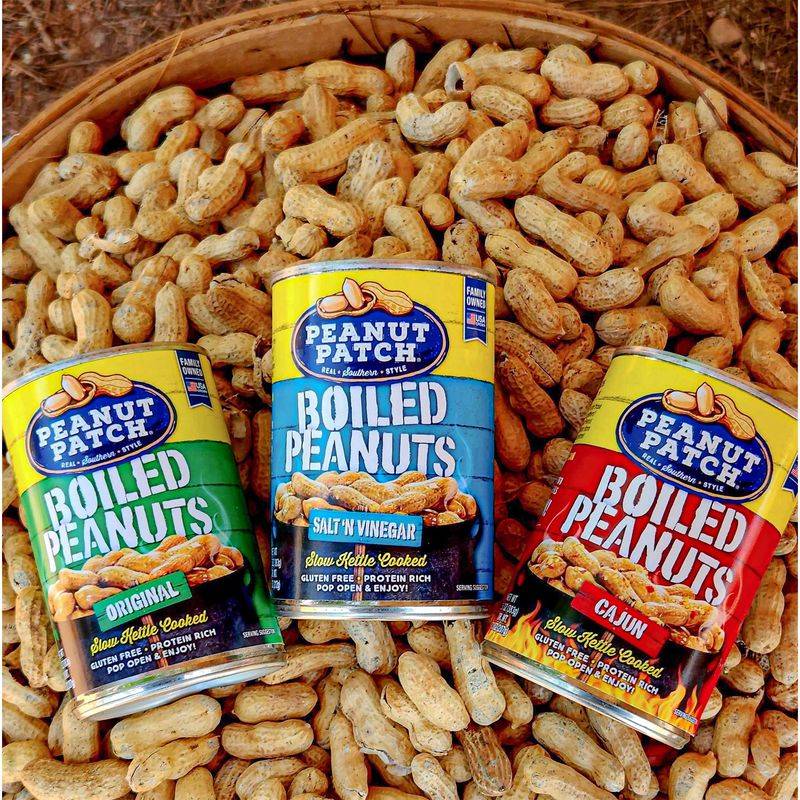
Nothing announces you’re in the South like handwritten signs advertising “BOILED P-NUTS” along rural highways. These salty, soft peanuts boiled in their shells have sustained travelers for generations.
Health departments aren’t targeting the humble peanut itself but rather the unregulated conditions in which they’re prepared and sold. Vendors often use untested well water and questionable sanitation practices.
New regulations in several states require food handler permits, approved water sources, and proper refrigeration for this previously unregulated industry. Old-timers complain these rules threaten a traditional livelihood while officials counter that food safety shouldn’t stop at city limits.
10. Souse Meat
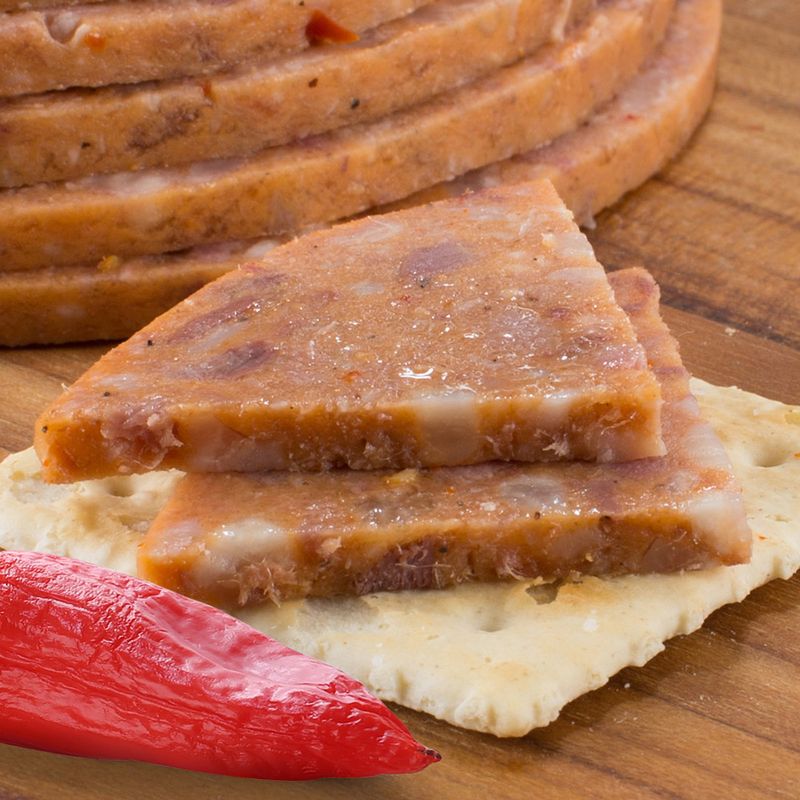
Made from boiled pig faces, ears, and feet set in natural gelatin, souse meat represents the ultimate waste-not-want-not approach to traditional Southern cooking. Sliced thin and served cold, often with vinegar and hot sauce, it’s a delicacy with deep roots.
Small-batch production methods worry health officials who note inconsistent temperatures and sanitation practices. The high sodium content – necessary for preservation – has also raised concerns.
Several states have already increased inspection requirements for facilities producing souse, effectively pushing out small producers who can’t afford the specialized equipment needed to meet commercial standards.
11. Farm-Raised Catfish
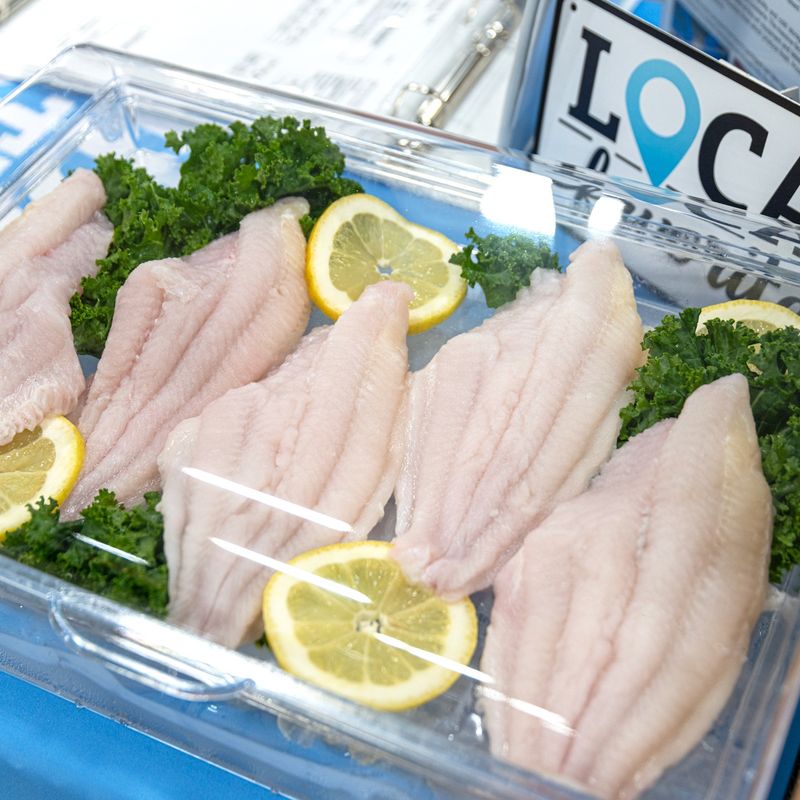
Friday night fish fries featuring golden-fried catfish remain a Southern institution. The shift from wild-caught to farm-raised has made this delicacy more affordable and available year-round.
Health officials have begun scrutinizing imported catfish for banned antibiotics and hormones. Domestic producers face increasing regulation of feed additives and water quality standards.
The FDA has already increased inspection requirements, with some states implementing their own stricter standards for mercury and drug residue testing. Restaurants serving catfish now face more paperwork proving their supply chain meets these evolving standards, with some smaller establishments dropping the dish entirely.
12. Molasses Stack Cake
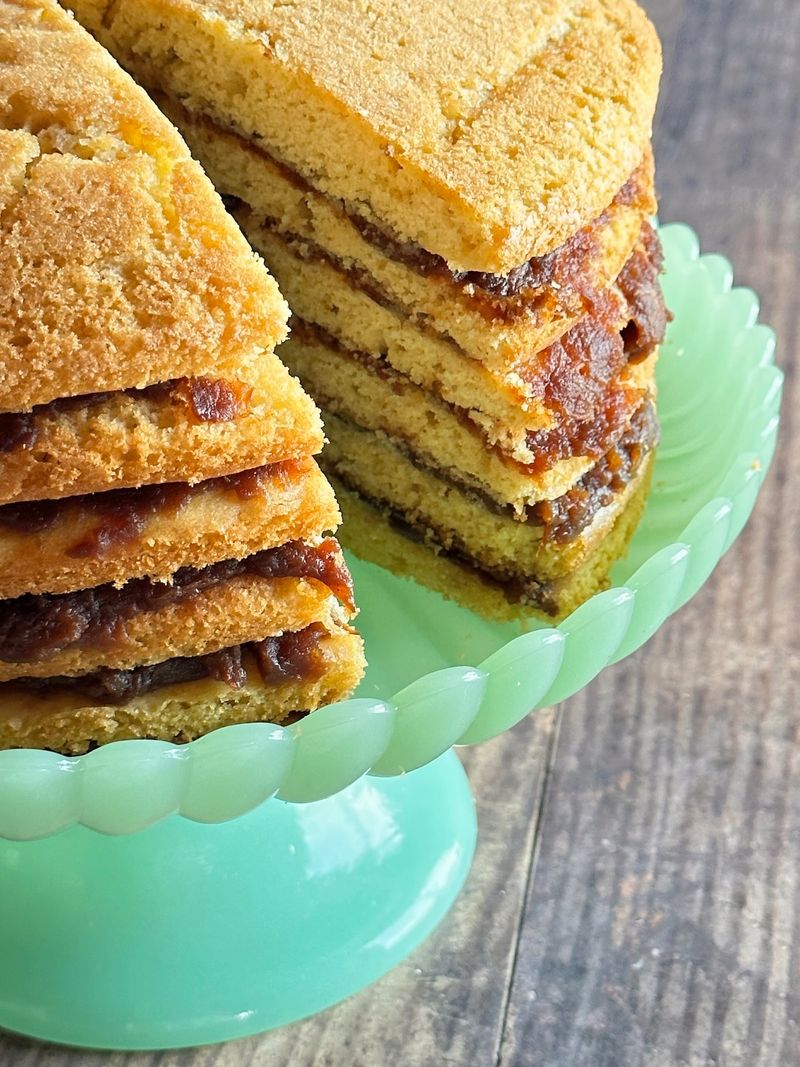
Dating back to Appalachian wedding celebrations where each guest brought a layer, molasses stack cakes represent community and tradition. The thin, cookie-like layers sandwich dried apple filling and improve after sitting for days.
Modern food safety codes take issue with room-temperature storage of this heritage dessert. The traditional practice of using home-canned fillings further complicates compliance with commercial food regulations.
School bake sales and church fundraisers have been the first to feel the impact, with health departments increasingly requiring commercial kitchens for preparation of items previously made in home kitchens, effectively removing this labor-intensive dessert from community gatherings.
13. Red Velvet Cake

The crown jewel of Southern celebration desserts, red velvet cake with its vibrant color and cream cheese frosting appears at everything from Christmas dinners to wedding receptions. The signature hue comes from Red Dye No. 40, America’s most common food coloring.
Research linking artificial food dyes to behavioral issues in children has prompted health advocates to target this beloved dessert. Several school districts have already banned artificial colors in cafeteria foods.
Bakeries report increasing requests for naturally colored alternatives using beet powder, though purists insist these don’t achieve the same dramatic color that defines authentic red velvet tradition.
Leave a comment